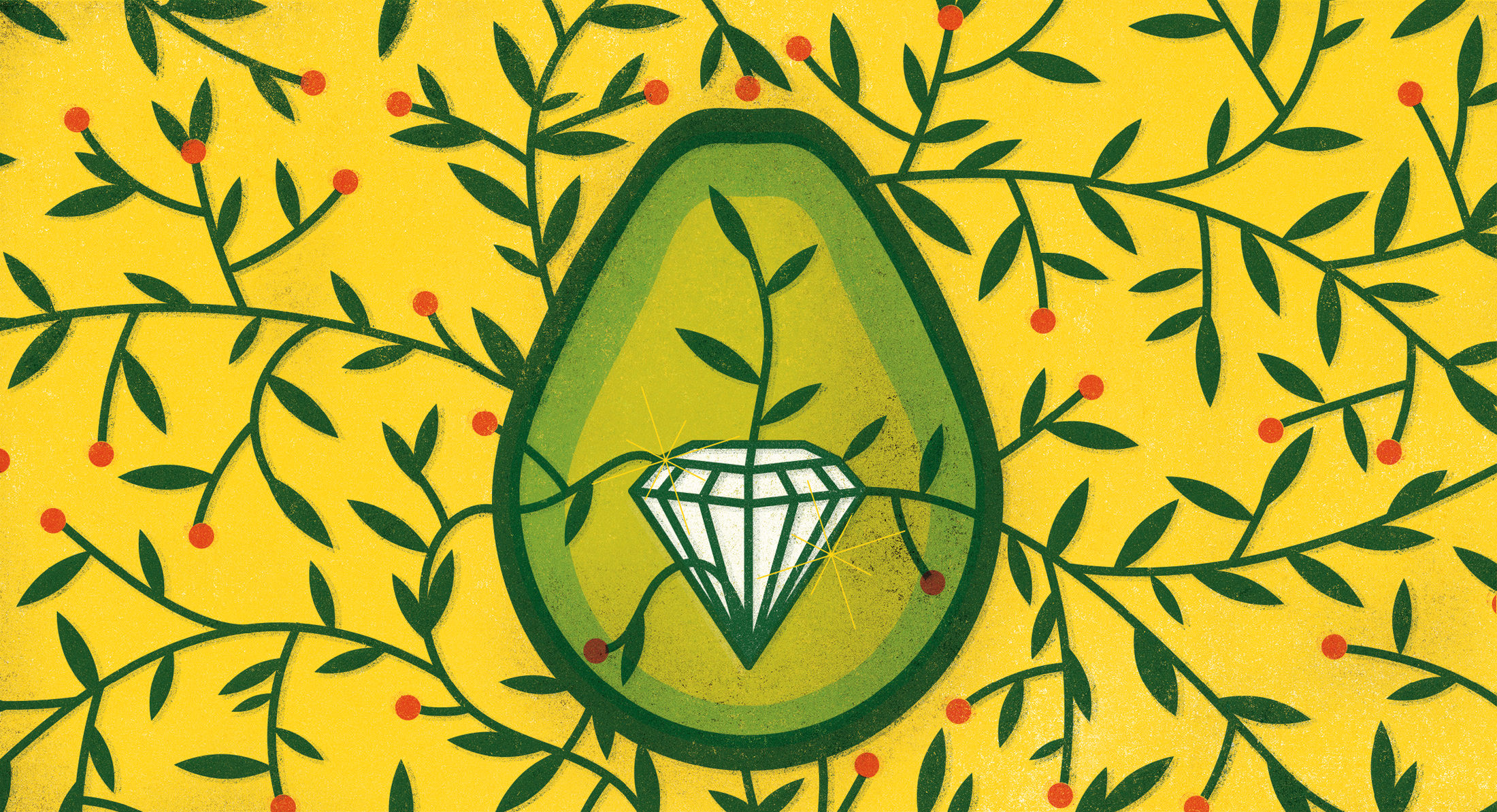If You’ve Got It, Do You Flaunt It?
Morality and the modern consumer.

The paradox of spending money on luxury goods is that it’s an ostensibly private behaviour that’s highly susceptible to public scrutiny. Take, for example, the situation that arose last summer when Louise Linton—the wife of U.S. treasury secretary Steven Mnuchin—unwittingly walked her Valentino stilettos off an air force plane and right onto a national sore spot. In a now-infamous Instagram snap, Linton deplanes with every element of her outfit—about $16,000 (U.S.) worth of designer goods—diligently itemized by hashtag. Many found Linton’s conspicuous display of wealth inappropriate, taking to social media to remind her of the 6.4 million American children living with food insecurity and the 50 million citizens living in poverty. The public response to the image implies that in a time of tremendous financial disparity, flaunting one’s affluence isn’t just gauche, it’s immoral.
The criticism suggested that Linton, a political figure by association, had ripped her elegant clothing from the coattails of the nation. But even if you had been appraising her solely as a social media presence, her brand of peacocking is démodé. Perhaps that’s because the term “conspicuous consumption”—the idea that visible valuable goods denote prestige—was coined back in the late 19th century. Times have changed. As the University of Southern California’s Elizabeth Currid-Halkett argues in her new book, The Sum of Small Things, among the modern elite, discretion is in.
In a time of tremendous financial disparity, flaunting one’s affluence isn’t just gauche, it’s immoral.
What the elite invest in today is less visible and more valuable than ever before. Education, for one—in the U.S., the top 10 per cent allocate four times as much to schooling now as they did in 1996, about 860 per cent more than the national average. They also spend more on domestic services, enriching experiences like travel, and especially wellness, with a fit mind, body, and spirit being the ultimate signifier of modern cultural capital. Currid-Halkett calls the accrual of immaterial status symbols “inconspicuous consumption”—a product of the aristocracy’s demise (we’re all about meritocracy now) and boredom with overly accessible material goods (doesn’t everyone and their Pomeranian own a Chanel bag these days?).
The elite want a kind of status symbol that doesn’t make it seem like they require onlookers for confirmation. A tacit upper class is harder for those it influences—members of the aspirational class—to emulate. Yes, the average Instagram wannabe may find attending a top university cost-prohibitive, but you can still see a changing value system reflected in social media, where lifestyle stars expressing gratitude for organic fruit and hot yoga are edging out acquisitive fashion influencers chronicling the contents of their latest mall haul. Their message is that the good life is a holistic ideal. You need face oil, better sex, and a lentil meatball recipe your kids will love. Money can still buy these status symbols, but you’re paying it to an artisan craftsperson, then dropping your wallet back into a reusable canvas tote.
To emulate the modern elite, one must project modest virtue. It sounds wholesome, but under capitalism no type of expenditure is more moral than another; there’s nothing inherently better about bolstering a workforce of chauffeurs and sommeliers than one of professors and organic farmers. The distinction between overt and covert status symbols is arbitrary. It’s the institutional causes of wealth disparity—the social arrangements making upward mobility impossible for many—that should provoke moral analysis. After all, would Linton be a better person if she had shared an image of a smoothie and professed herself #blessed, or would she simply have been annoying in a less offensive way? 
_________
Never miss a story, sign up for NUVO’s weekly newsletter, here.




